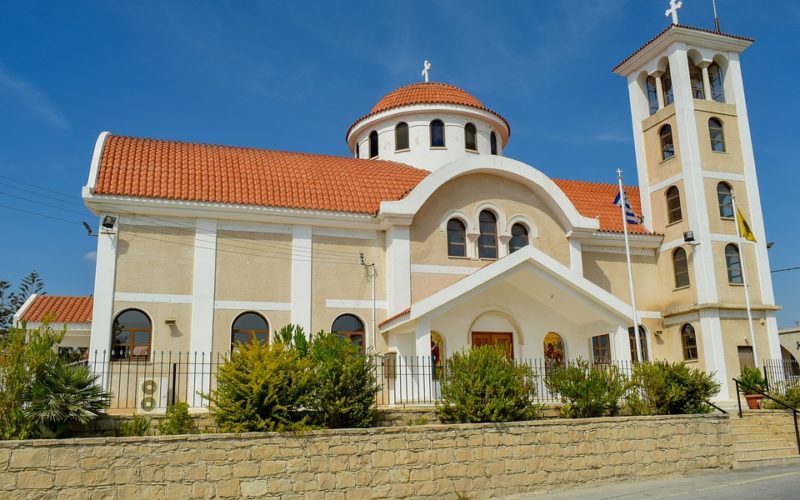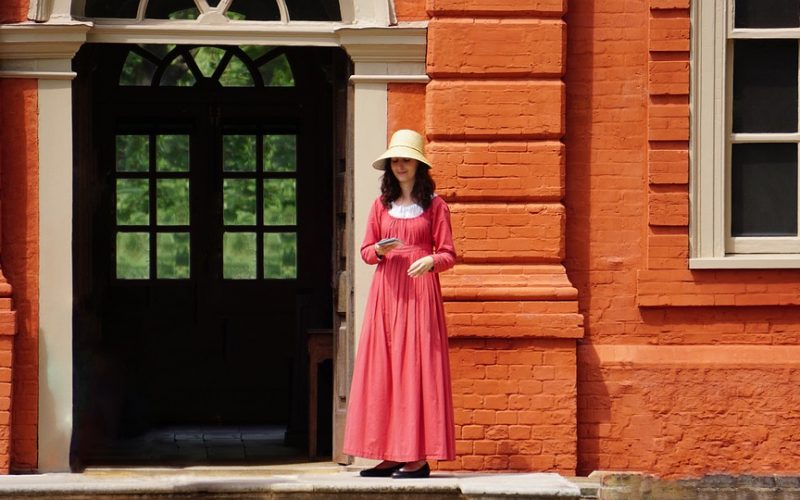Older churches were often made with large stones joined by mortar. The stones can last for centuries, but the mortar is more susceptible to weathering. It can crack and crumble after years of heat, cold and rain. When this happens, the stones loosen and shift. This often takes a huge toll on the stained glass windows. Many older windows were made with lead canes. This protects the glass because the lead is malleable.
When stones shift, they do not usually crush the stained glass windows. It is much more likely that a stained glass window will fall to the ground. This happens when the supporting and side stones move away from the window. When the windows are no longer held in place by the pressure on the window case, the weight of the window will cause it to plummet to the ground. If the ground is grass or sand, the window may survive. Rocky or hard ground will cause the window to shatter.
Replacing stained glass windows has become very expensive. While this art form flourished for centuries, churches no longer receive the same income as they did in times past. Add to that the fact that stained glass windows are made by artisans, and the cost can soar. There are other options for parishes that have had a window shatter. They can replace it with a clear window and leave it at that. This does not sit well with many parishioners. Most parishes choose to replace the window with clear glass that has been covered with glass decals or glass transfers.
Modern decals can be printed in a variety of colors and styles. If pictures of the old window are available, they can be fed into a computer. A graphics program is then used to ensure the decal matches the old window perfectly. This is a cost saving way to recreate the beauty of the original stained glass window.















